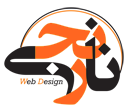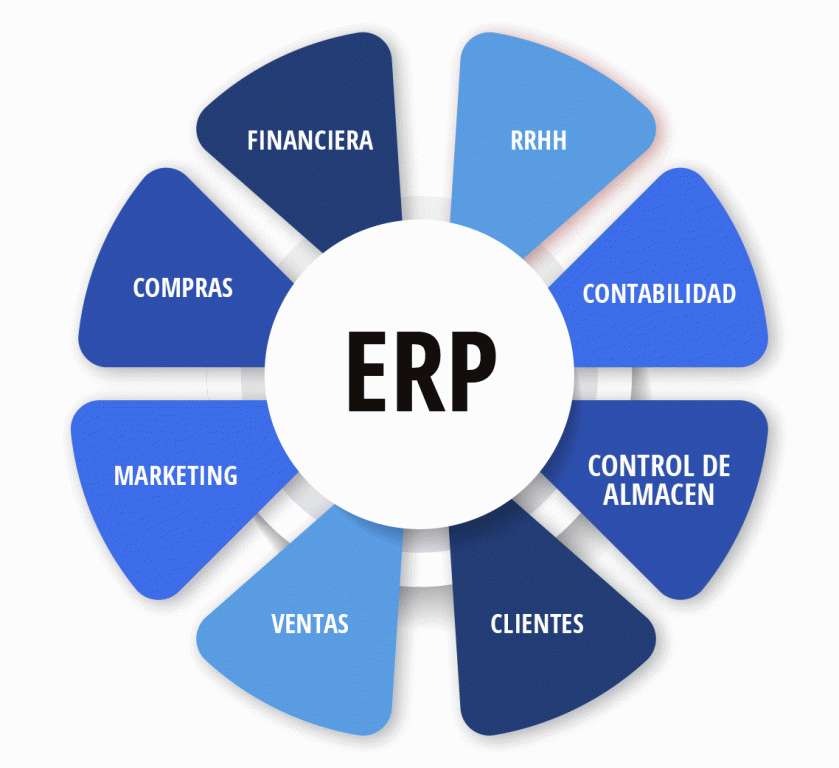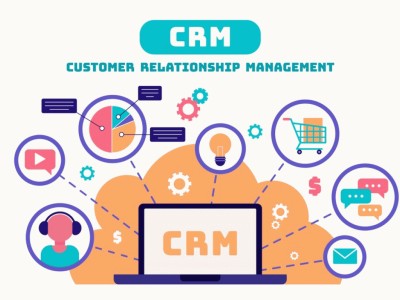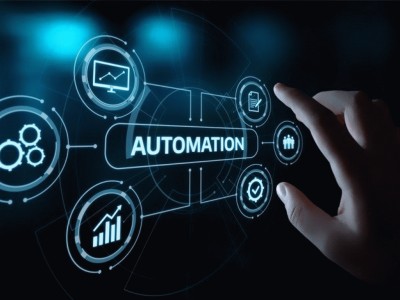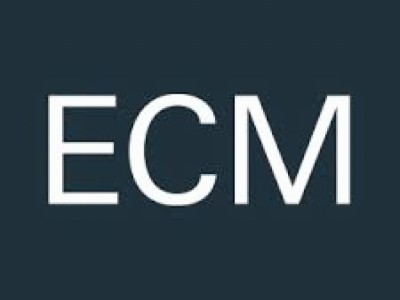What is a dedicated erp system?
Erp stands for enterprise resource planning. A system in the form of an application that at its core automates business processes and provides internal controls and insights. The inputs of this system are collected from departments such as accounting, production, management, supply chain, sales, marketing and human resources and are provided to all departments by a central database.
ERP system is widely used in various businesses, especially large companies. Because the complexity of the global economy and the demands of modern consumers make it vital to simplify business processes and manage and optimize data, and ERP is usually the foundation of these capabilities.
At its most basic level, ERP integrates these processes into a single system. Modern ERP systems use the latest technologies – such as machine learning and artificial intelligence – to provide intelligence, visibility and efficiency across all aspects of a business.
ERP is a shared database approach to managing the various moving parts of an organization, giving you a broader perspective.
Enterprise resource planning allows you to have a more complete picture of what is going on in your business. It also gives you the ability to manage all individual reports generated by different business processes in the same software.
Why build a dedicated ERP system
Growing companies always reach a point where an Excel spreadsheet no longer meets their needs and must move to enterprise resource planning software. Systems that collect and organize key business information and ensure the efficient operation of the organization under any circumstances, even when the business expands.
An enterprise resource planning (ERP) system acts like a central nervous system for the organization. This center collects various information related to the activity and status of different departments of the organization and provides this information for the use of other departments that need it. The information collected in the erp system is entered in the system by the users in their time. Authorized users of the system will have access to different classes of information by having the necessary access.
The function of ERP software can be compared to the function of the central nervous system in the human body. The capacity of the system goes beyond the set of abilities of individual members and leads to a deeper awareness and understanding. This system helps the organization to have a better understanding of its performance by linking the information of different departments such as production, finance, distribution and human resources. Also, an integrated ERP system, by connecting and integrating different technologies used in separate departments of an organization, eliminates inefficient and repetitive systems that are very costly for the organization. This process includes the integration of accounts payable, inventory control systems, purchase and sales order control systems, and customer information databases.
History of ERP: The rapid evolution of enterprise resource planning
Business computer applications in the world of accounting and finance were first born in the 1960s using mainframe computers. These pioneering programs were faster and more accurate than manual processes—but they were expensive, limited in performance, and still slow. It wasn't long before these programs led to the development of proprietary and independent solutions such as sales order processing and manufacturing requirements planning or MRP.
By the mid-1980s, competition in the manufacturing sector was increasing and new tools were needed. The new MRP II software integrated accounting and finance, sales, purchasing, inventory, and manufacturing planning and scheduling, providing the manufacturer with an integrated system.
ERP was introduced in the late 1990s. ERP revolutionized the technology sector by serving a wider range of industries and combining MRP II, HR, project accounting and end-user reporting.
In the early 21st century, and in this short period, Internet speeds became faster and new development tools revolutionized ERP suites again. The introduction of browser-based software paved the way for cloud ERP software, a development that has expanded both the scope and functionality of ERP (enterprise resource planning) solutions.
What are the uses of ERP?
In an organization without an ERP program, each business department optimizes its own actions, but with ERP software, each department has its own system, but all systems can be accessed through one software with one interface. Information can be shared more easily with other parts of the organization.
Therefore, ERP programs can help a company become more self-aware by linking information related to production, sales, finance, distribution, and human resources, and since each part of the organization uses different technologies. however, connect them together and it can be said that an ERP software is able to eliminate the costly and repetitive processes of your business.
What are the main features of the ERP system?
Any modern ERP system will have a long list of software features depending on the industry they serve and the modules they offer.
However, all enterprise resource management systems should have these top 10 features:
- The single version of truth that data is consistent and relevant to authenticated users
- Information and information Up-to-date release, with self-service reporting on all operations
- Visual presentation of information with dashboards, KPIs and analysis to help make quick and informed decisions
- Choose deployment like cloud, default or hybrid
- Standard and advanced business processes, such as automation with artificial intelligence and machine learning
- Tools for configuring processes and users (including customers and suppliers) as well as business units, locations and production lines
- Convenient and easy integration with other software solutions, including third-party systems
- The technology platform is fast, proven and stable for this long-term investment
- Technology support for Internet of Things (IoT), security and privacy, mobile, e-commerce and other business priorities
- Multinational support including languages and business practices, as well as cloud, training, help desk and implementation services
